 Weird Stuff
Weird Stuff  Weird Stuff
Weird Stuff  Mysteries
Mysteries 10 Tragic Disappearances and Deaths in Joshua Tree National Park
 History
History 10 Ways Childhood Really Sucked in the Old West
 Music
Music 10 Name Origins of Famous Bands from the 1990s
 Religion
Religion 10 Biggest Turnarounds by the Catholic Church
 Weird Stuff
Weird Stuff 10 Unbelievable Times Laws Had Unintended Consequences
 Humans
Humans Ten Historic Women Who Deserve Way More Credit Than They Got
 Movies and TV
Movies and TV 10 Films That Spawned Major Lawsuits
 History
History Ten Times Towns Were Wiped Off the Face of the Earth
 Creepy
Creepy 10 of the Most Disturbingly Haunted Public Houses in the UK
 Weird Stuff
Weird Stuff 10 Niche Subcultures That Are More Popular Than You Might Think
 Mysteries
Mysteries 10 Tragic Disappearances and Deaths in Joshua Tree National Park
 History
History 10 Ways Childhood Really Sucked in the Old West
Who's Behind Listverse?

Jamie Frater
Head Editor
Jamie founded Listverse due to an insatiable desire to share fascinating, obscure, and bizarre facts. He has been a guest speaker on numerous national radio and television stations and is a five time published author.
More About Us Music
Music 10 Name Origins of Famous Bands from the 1990s
 Religion
Religion 10 Biggest Turnarounds by the Catholic Church
 Weird Stuff
Weird Stuff 10 Unbelievable Times Laws Had Unintended Consequences
 Humans
Humans Ten Historic Women Who Deserve Way More Credit Than They Got
 Movies and TV
Movies and TV 10 Films That Spawned Major Lawsuits
 History
History Ten Times Towns Were Wiped Off the Face of the Earth
 Creepy
Creepy 10 of the Most Disturbingly Haunted Public Houses in the UK
10 Surprising Good Deeds From History’s Greatest Villains
We like to label people as either good or bad based on some of their most famous actions, but the truth is rarely that cut and dried. Even the vilest person might have done good at some point in their life. It may not excuse their other actions, which can be indefensible. But it shows that oftentimes these caricatures of evil are far more complex characters.
10Benedict Arnold
 The Bad:
The Bad:
For Americans, the name Benedict Arnold is synonymous with treason. For everyone else who might not have heard of him, Benedict Arnold was a Revolutionary War general who initially fought for the Americans but switched sides in 1779, plotting to surrender West Point to the British. Although his plan was discovered and Arnold wasn’t successful, he eluded capture, living a long and happy life in England. His escape likely contributed to his infamous image as the worst traitor in American history.
The Good:
His betrayal forever tarnished his reputation, but Benedict Arnold had been a prized and successful American general. He believed in his cause so much that he actually spent his own money to train and equip his men. He also had several decisive victories that contributed significantly toward the overall war effort. These included capturing Fort Ticonderoga and the Battle of Saratoga.
Arnold even has his own memorial at Saratoga, the Boot Monument. It has the distinction of being the only war memorial in the US that omits its honoree’s name. The inscription states: “In memory of the most brilliant soldier of the Continental Army who was desperately wounded on this spot . . . winning for his countrymen the decisive battle of the American Revolution.”
9Fred Phelps
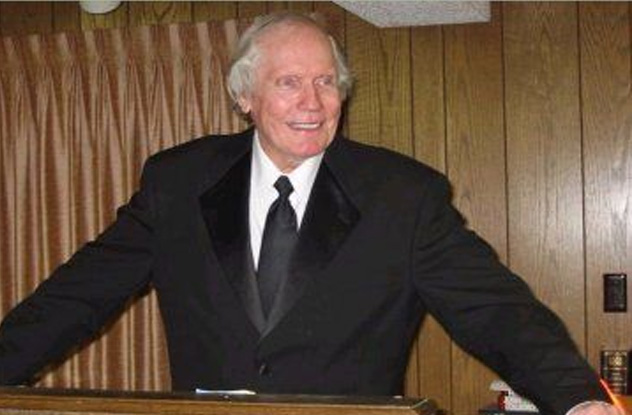
The Bad:
Fred Phelps was head of the Westboro Baptist Church, a self-proclaimed religious organization that many instead label a hate group. It’s also unofficially named the “most hated family in America” since the group mainly comprises Phelps’s own family members. They gained notoriety for protesting the funerals of soldiers and for their motto “God Hates Fags,” which they shout at every opportunity.
The Good:
Before starting an organization that hates everyone else in the world, Fred Phelps was a successful lawyer in the 1960s. In fact, he was a civil rights activist who took on cases of racial discrimination. He fought the Jim Crow laws and often won, earning his black clients significant settlements for discrimination.
Phelps filed lawsuits against the Topeka School District, the Topeka Police Department, and the Shawnee County Sheriff’s Department to secure equal rights for black citizens. He even received awards from local branches of the NAACP and Blacks in Government.
8Fidel Castro
 The Bad:
The Bad:
For 50 years, Castro ruled Cuba as a repressive socialist state. He came to power by overthrowing President Fulgencio Batista’s military dictatorship, and some say that one dictator was simply replaced with a worse one. Castro allied himself with the communist Russians and took their side during the Cold War, allowing them to install nuclear sites in Cuba and trigger the Cuban Missile Crisis.
The Good:
Castro’s socialist policies achieved some of their goals. During the early years of his reign, Castro instituted some of the most comprehensive plans for education and healthcare in Latin America. The National Health System provides the Cuban people with free preventive, curative, and rehabilitation services. As a result of this, Cuba has one of the lowest infant mortality rates in the world and also one of the highest life expectancies in Latin America at 78.22 years.
After the Cuban Revolution, the Federation of Cuban Women was founded to ensure that women receive rights and opportunities, as well as access to a better education. Cuban education is free at every level, and morning and after-school care is also free for working parents. Meals and uniforms are free, and “mobile teachers” are available for children who cannot come to the schools. However, Cuban education does come with a price—a significant portion focuses on Marxist ideology, ensuring that Cubans embrace communism from an early age.
7Lizzie Borden
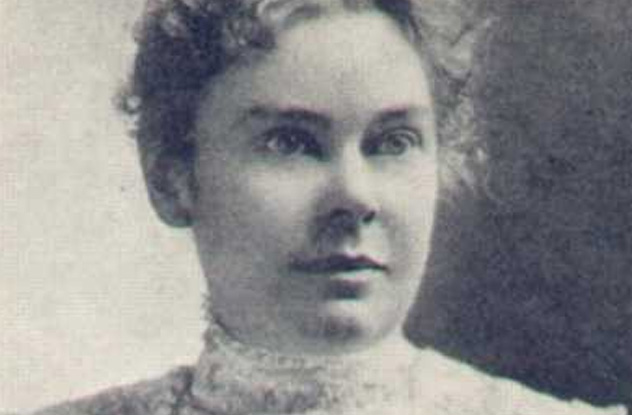 The Bad:
The Bad:
On August 4, 1892, Abby and Andrew Borden were murdered inside their Massachusetts home with an axe. Their daughter, Lizzie, was accused of the crime. A highly publicized trial followed, and Lizzie Borden was actually acquitted of the crime. Despite this, most people still believed her to be guilty, and she became an outcast.
The Good:
Lizzie Borden may or may not have been a killer. We will probably never know for sure. However, we do know that she was a huge animal lover. One of the few places where she wasn’t ostracized after the trial was the Animal Rescue League of Fall River, a local animal shelter. To repay this kindness, Lizzie left the organization $30,000 in her will.
Her family had been quite wealthy, and she inherited a large sum of money and a big estate once her parents died. She gave $3,000 to each one of her servants and various other sums of money and pieces of jewelry to friends and family members.
6Christopher Johnson
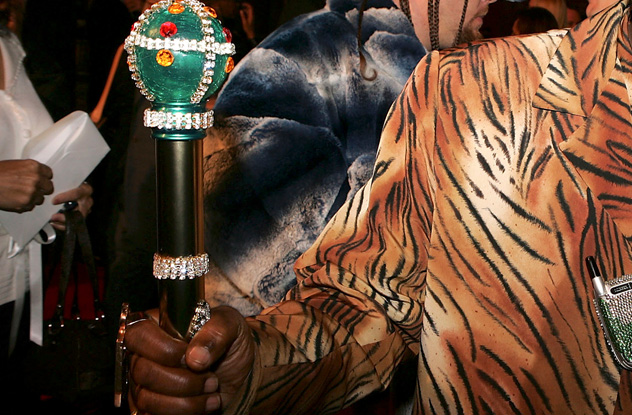 The Bad:
The Bad:
Compared to the other people on this list, Christopher Johnson really isn’t such a bad guy. However, he still is a career criminal with multiple felony convictions. Most recently, he was accused of pimping (according to him, he merely escorts and protects working girls, listening in on their conversation with customers).
The Good:
Whether or not Mr. Johnson worked as a pimp is irrelevant in this case. What matters more is what he did while “looking after” his friend who was with a customer. She was contacted by a client, later identified as Dell Rainbow Vanderschuit, who wanted her to bring him a little girl. Someone around nine years old would have been ideal.
The conversation lasted about half an hour and got increasingly detailed and graphic. Johnson heard every word and was disturbed enough to look past his displeasure for law enforcement and contact the cops. Catching a child molester is one of those rare opportunities when everyone else puts aside their differences for the greater good. The police were happy to work with him.
Vanderschuit was caught. He’d already done time in jail for sexually assaulting a child in 1993, so there’s a very good chance that Christopher Johnson saved a little girl that day.
5Bartolomeu Portugues
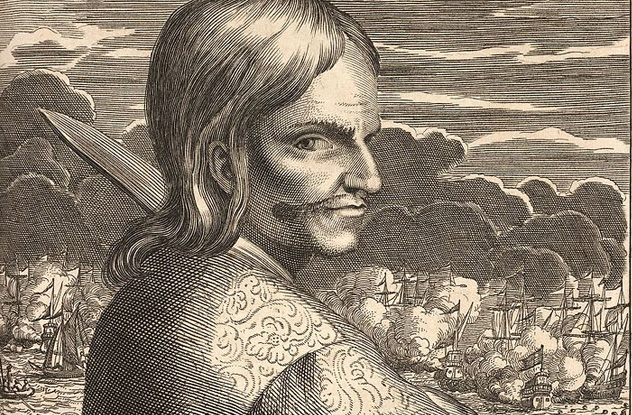 The Bad:
The Bad:
Bartolomeu Portugues was a ruthless Portuguese pirate active in the 17th century. He had several impressive victories, most notably capturing a Spanish ship carrying a fortune in cargo and gold off the coast of Cuba. He hasn’t been written about extensively, which is one of the main reasons that he isn’t particularly well known today.
The Good:
Bartolomeu’s most significant contribution to the world of piracy was the Pirate Code, a rulebook he introduced with the goal of bringing order and proper behavior to a previously uncivilized arena. This code was surprisingly strict and instilled a sense of discipline into pirates. It also made the pirate ship a fairly egalitarian society, which afforded sailors the same privileges as the captain or the first mate.
More than that, though, the code introduced ideas that were really innovative for their time, such as fair treatment of prisoners. Each captain was free to adapt the code to his liking, but some surprising entries stuck around. For example, the infamous Blackbeard’s code stated that any attempt to rape a woman was punishable by death. Any pirate who lost a limb in combat would receive fair compensation.
4David Berkowitz
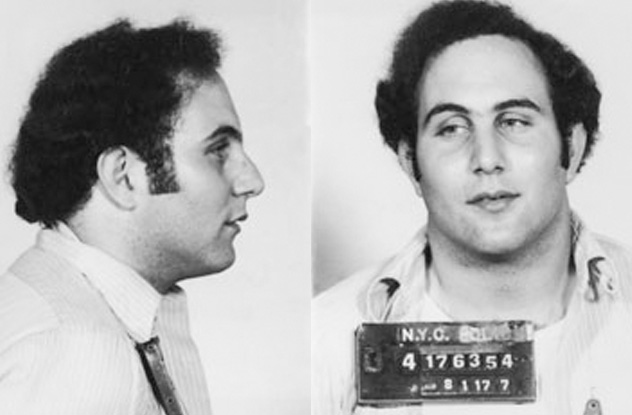 The Bad:
The Bad:
One of the most notorious serial killers in American history, David Berkowitz (aka the Son of Sam) terrorized New York in the ’70s, killing six people and wounding seven others on a year-long killing spree. Also known as the “.44-caliber Killer,” Berkowitz had a relatively low number of victims, but his crimes were highly publicized, so he became very notorious upon his capture.
The Good:
In jail, Berkowitz became a born-again Christian. That alone doesn’t say much—it’s pretty hard to tell when a criminal feels genuine remorse for his actions, and good intentions don’t bring victims back from the dead. It appears, though, that Berkowitz really is a different man. He has refused to seek parole, stating that he should remain in prison for the rest of his life.
A more substantial development came in 2005, when Berkowitz sued one of his former lawyers, Hugo Harmatz. Harmatz had several items of Berkowitz’s, including old pictures and letters, and was planning to publish a book with them. Berkowitz was only willing to give permission for the book if the profits went to his victims’ families. The two eventually reached a settlement, and part of the money went to the New York State Crime Victims Board.
3Jim Jones
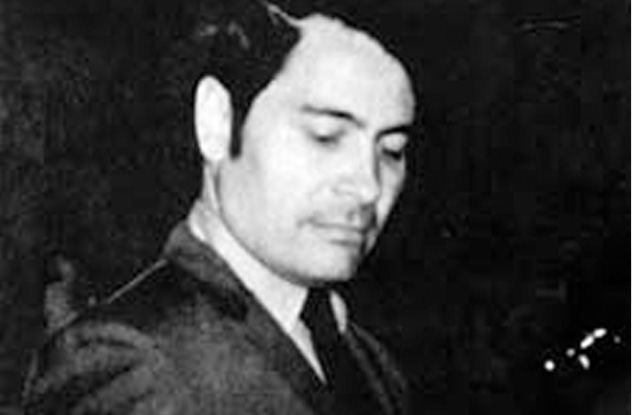 The Bad:
The Bad:
Jim Jones led the People’s Temple, an American religious cult that later moved to Jonestown in Guyana. There, in 1978, over 900 of its members committed mass suicide. Over 300 of them were children. Before this, Jones’s group murdered five people, including a congressman investigating them.
The Good:
Like Fred Phelps, Jones spent the first half of his life fighting discrimination of African Americans. From an early age, Jones was a sympathizer with the plights of the black community despite (or perhaps because of) his father’s ties with the KKK. In fact, one of the main reasons that Jones started his own church was the disappointment he felt with segregated churches.
In 1960, Jones was appointed director of the Human Rights Commission of Indianapolis. He spent his time integrating many prominent establishments such as churches, hospitals, restaurants, an amusement park, and the police department. This earned praise from the Urban League and the NAACP and the scorn of many white locals who didn’t share his integrationist views.
2Saddam Hussein
 The Bad:
The Bad:
Saddam Hussein was probably once the most feared man in the world. Technically the president of Iraq, the “Butcher of Baghdad” really ruled as a dictator and showed incredible brutality toward anyone who opposed him.
The Good:
Before he was president, Hussein was vice president and still wielded a lot of power and influence. One of his biggest projects was education. He started the “National Campaign for the Eradication of Illiteracy,” providing free and compulsory education for all residents.
Iraq began providing social services that were almost unprecedented in the Middle East. Farmers received subsidies, and the entire agricultural industry was mechanized and modernized. Soldiers’ families received support, and the government instituted a new public health system that granted free hospitalization for all citizens. This work earned Saddam an award from the United Nations Educational, Scientific, and Cultural Organization (UNESCO).
1Caligula
 The Bad:
The Bad:
At this point it’s hard to distinguish fact from fiction, but it is said that Caligula was one of the most sadistic and depraved rulers in history. His perversity and cruelty have been the focus of all historians who talked about him.
The Good:
The reign of Caligula was, without a doubt, a bloody one, but it didn’t start out like that. The people welcomed him with open arms and, according to Suetonius, gave him a huge celebration that lasted for three months. It helped that he followed the despised Tiberius on the throne.
Suetonius is the main and oftentimes only source we have for parts of Caligula’s reign. According to him, Caligula started off with many politically motivated actions that helped his people. He gave bonuses to the army and the Praetorian Guard to keep his troops happy. He invalidated the treason papers ordered by Tiberius and allowed those in exile to return home. He boosted public morale with popular spectacles. He granted magistrates power without having to answer to him. He allowed historical writings that had been previously banned. He gave breaks to those impoverished by taxes.
This lasted for the first six months of his reign, after which he reportedly began to turn into the tyrant we know today.
Radu is a science and history nerd who uses the rest of his time to write other interesting things for GeeKiez. You can come say hi on Twitter.








